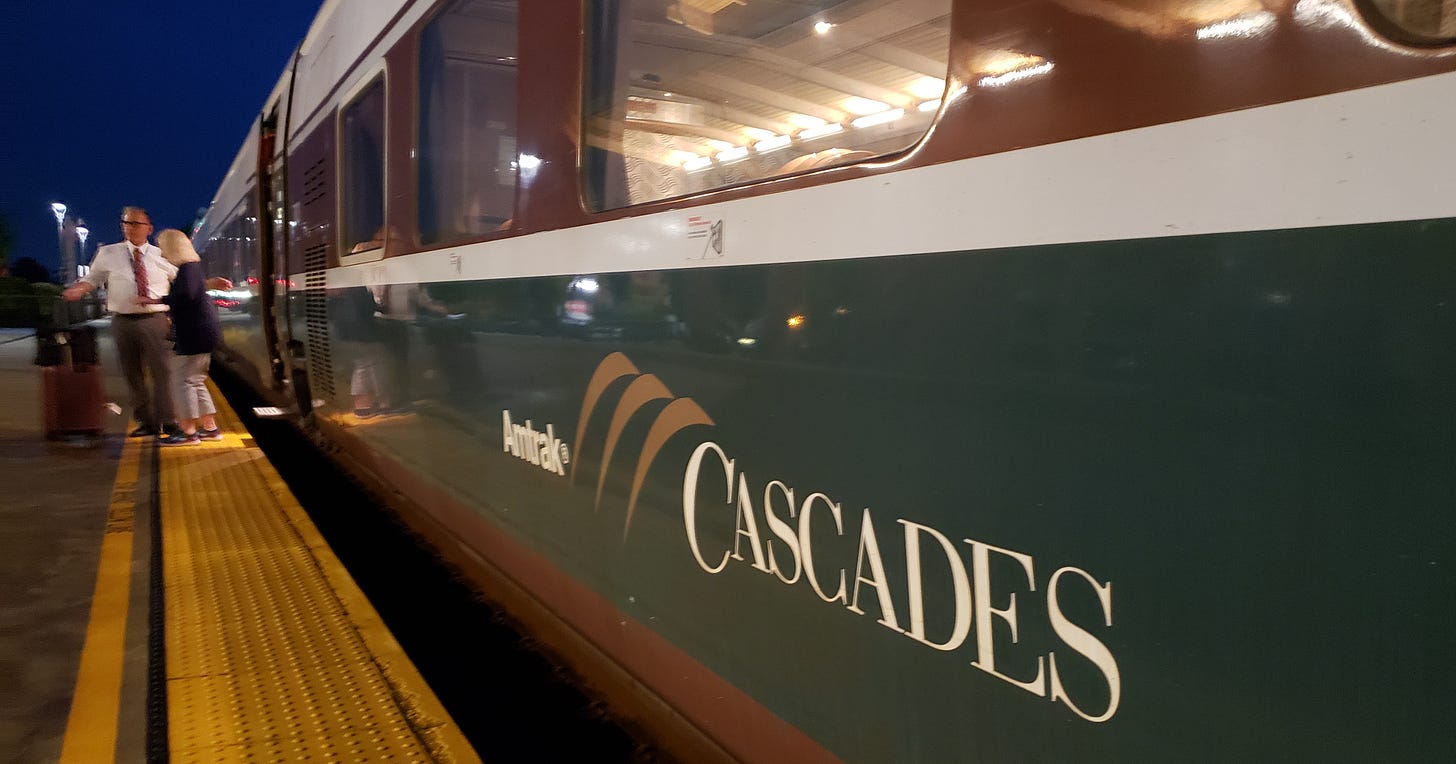Biking by Train: A Week in the Pacific Northwest
Amtrak rails connect cyclists with destination trails from Los Angeles to British Columbia.
Keep reading with a 7-day free trial
Subscribe to Why We Ride: The Destination Cycling Guide to keep reading this post and get 7 days of free access to the full post archives.




